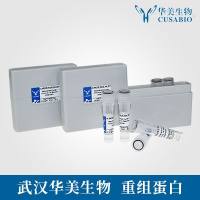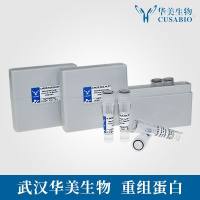Analytical Methods and Steps to Sample Preparation for Determination of Molecular Species of Fatty Acids
互联网
互联网
相关产品推荐

Recombinant-Hordeum-vulgare-High-molecular-mass-early-light-inducible-protein-HV58-chloroplasticHigh molecular mass early light-inducible protein HV58, chloroplastic; ELIP
¥10556

HB Western blotting Principles and Methods
¥223

Recombinant-Mouse-G-protein-coupled-bile-acid-receptor-1Gpbar1G-protein coupled bile acid receptor 1 Alternative name(s): Membrane-type receptor for bile acids; M-BAR
¥11704

Scd1/Scd1蛋白Recombinant Mouse Acyl-CoA desaturase 1 (Scd1)重组蛋白Acyl-CoA desaturase 1(EC 1.14.19.1)(Delta(9)-desaturase 1)(Delta-9 desaturase 1)(Fatty acid desaturase 1)(Stearoyl-CoA desaturase 1)蛋白
¥9720

Recombinant-Danio-rerio-Reactive-oxygen-species-modulator-1romo1Reactive oxygen species modulator 1; ROS modulator 1 Alternative name(s): Protein MGR2 homolog
¥9492
相关问答

